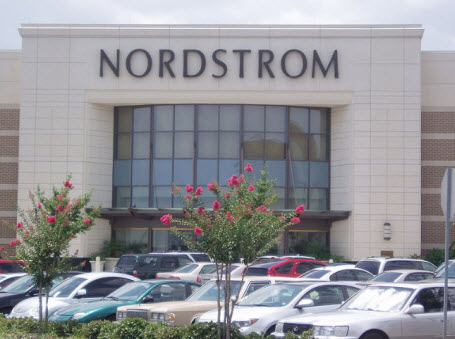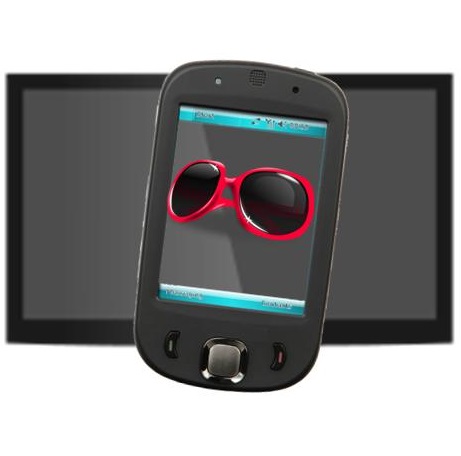 Nordstrom has launched digital storefronts to accommodate mobile shoppers.
Nordstrom has launched digital storefronts to accommodate mobile shoppers.
Long-time American fashion retailer Nordstrom has stood the test of time again and again due to the company’s fashion-forward thinking, and is now readying itself for a mobile commerce future.
Mobile technology could pave the way for a new digital shopping world.
Mobile commerce is becoming more prominent in the retail market, not just in terms of online shopping but in-store shopping, as well. With more and more consumers using smartphone devices, Nordstrom, one of the oldest department stores in the U.S., has every intention of appealing to the interests of these tech savvy consumers, now and in the future.
The next 30 years will be about appealing to the interest of consumers, in which mobile commerce will play a large roll.
If merchants want to please customers, they’ll need to stay on top of the latest trends, do what they can to predict the desires of consumers and satisfy them. According to Blake Nordstrom, the president of Nordstrom and the great-grandson of the company’s founder, John W. Nordstrom, although retailing will be different in the future, “there still will be customers who desire fresh new product. What that product is, how we satisfy the customer, that’s open.”
What will the future of retail look like? Nordstrom believes that aside from a more digital shopping experience that may include parametric technology that can provide consumers with a good idea of the way clothing may look and fit on their particular body type, without them having to try it on, current cash registers will no longer be around.
Instead, he says, “We see the future of point-of-sale as completely mobile.” Where the actual shopping takes place won’t matter so much as time goes on. Nordstrom believes that shoppers will use the most convenient platform to conduct their shopping. This will make it very important for mobile commerce to be implemented in-store.
Retail analysts foresee a big change in purpose for brick and mortar stores. Instead of their current role, they will provide a more sensory focused experience. Customers will physically interact with the items they are interested in purchasing, which they can buy remotely and have these products shipped.
Mobile commerce technology continues to be upgraded and developed and Nordstrom is ready to embrace a smartphone-friendly retail future.

 Prototypes for second screen gadgets may increase shopping from television viewers.
Prototypes for second screen gadgets may increase shopping from television viewers.